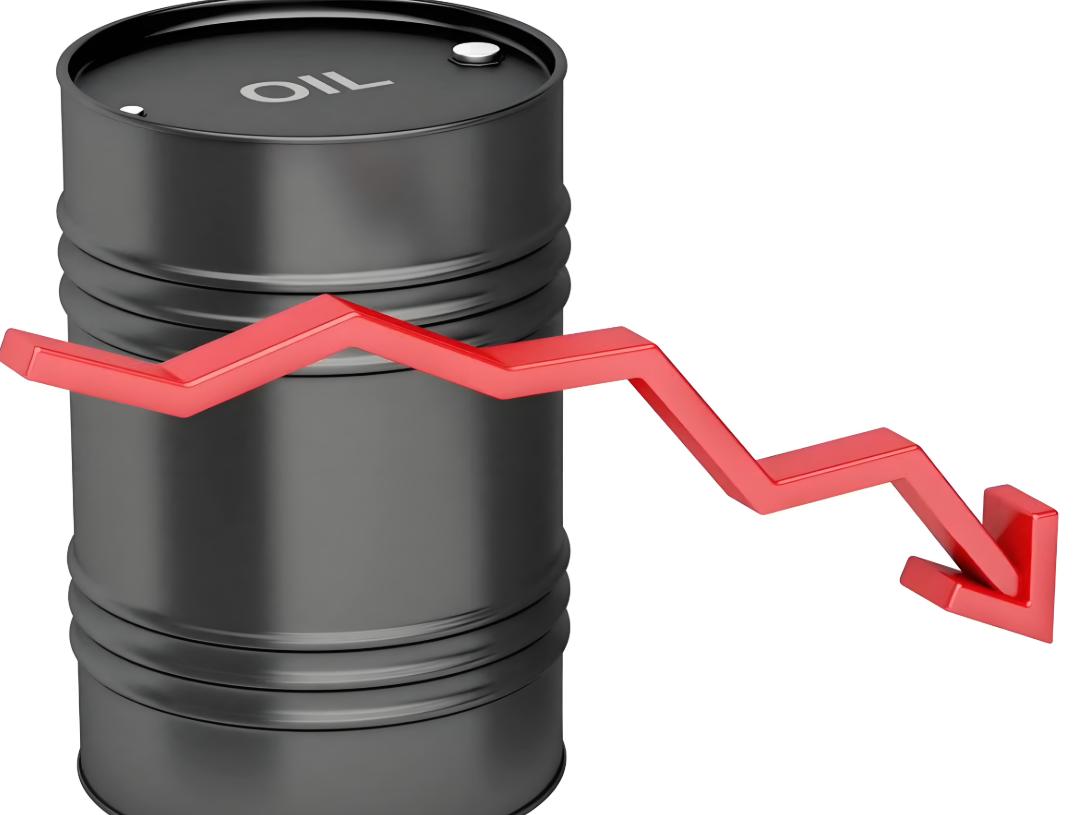
On June 23rd local time, international oil prices plunged significantly, with Brent crude oil and US WTI crude oil futures both falling by more than 7%, with the price per barrel dropping by over $5. This was the largest single-day decline since August 2022. By the end of the day, Brent crude oil futures dropped by $5.53, a 7.2% decline, to $71.48 per barrel; US West Texas Intermediate (WTI) crude oil also dropped by $5.53, a 7.2% decline, to $68.51 per barrel. In post-market trading, the two crude oil benchmarks initially widened their declines to nearly 9%. The trading range of Brent futures for the day reached $10, the largest fluctuation since July 2022. Iran, as the third-largest crude oil producer in the Organization of the Petroleum Exporting Countries (OPEC), has threatened to block the Strait of Hormuz if its security is violated. However, this action chose to avoid this area, which has prevented the disruption of crude oil transportation. This has alleviated the market's panic over the interruption of crude oil supply in the Middle East.
After the sharp drop in crude oil prices, the impacts on financial and other fields are complex and multi-faceted. First, it affects the crude oil market. The sharp drop in oil prices may lead crude oil producers to reduce investment and production, especially for those high-cost crude oil production projects. This may affect the stability of global crude oil supply. The sharp drop in oil prices may change the pattern of the crude oil market, allowing some low-cost producers to gain a dominant position in the market. At the same time, it may prompt some producers to seek technological innovation and cost reduction to enhance competitiveness. The sharp drop in oil prices may change market expectations for future oil prices, leading to a decline in investors' confidence in the crude oil market. This may further intensify the volatility and uncertainty of oil prices.
Second, it affects the stock market. The significant decline in crude oil futures prices directly impacts the stock prices of the oil sector, and the market expects that the oil sector may experience a crash. The sharp fluctuation in crude oil prices will affect market sentiment, leading to a decline in investors' confidence in the entire energy industry, and thereby affecting the overall performance of the stock market. The sharp drop in crude oil prices may have a chain reaction on upstream and downstream industries related to the oil industry, such as chemicals, refining, and transportation, and the stock prices of these industries may also be negatively affected.
Third, it affects the commodity market. The sharp drop in crude oil prices led some energy demand to shift from crude oil to natural gas and coal, thereby affecting the prices and market demand of these two energy futures. The decline in oil prices will reduce the production costs of chemical products, affecting the prices of chemical futures varieties, such as plastics and fertilizers, which may decrease as oil prices fall. Oil prices and commodity prices usually move in tandem, and the sharp drop in oil prices will put pressure on commodity prices. However, due to factors such as investors' risk aversion, the trend of some commodity prices, such as gold, may need to be analyzed specifically.
Fourth, it affects the exchange rate market and bond market. The change in the US dollar exchange rate is closely related to crude oil prices. Since crude oil is priced in US dollars, when the US dollar appreciates, the cost of purchasing crude oil in other currencies increases, thereby suppressing demand and leading to a decline in crude oil prices. Conversely, a depreciating US dollar may support oil prices to some extent. During the period of sharp drop in crude oil prices, market risk-aversion factors and other factors may lead to fluctuations in the US dollar index, thereby affecting the exchange rates of other currencies. The sharp drop in crude oil prices will bring a downward trend in bond yields. The sharp drop in crude oil prices often corresponds to crisis mode or a significant decline in economic growth, and bond yields in the economic recession cycle will decline significantly. In addition, to cope with crisis impacts or boost social demand, central banks of various countries may implement loose monetary policies, release more liquidity, and lower benchmark interest rates, which also helps to drive bond yields to further decline. In conclusion, the chain reaction caused by the sharp drop in crude oil prices has profoundly reshaped the financial market landscape, with both short-term shocks and long-term structural adjustments coexisting. Investors need to be vigilant of the risk of market sentiment reversal and seek structural opportunities amid the volatility, while maintaining a dynamic balance of risk exposure.

Since December 2025, the United States has been intensively conducting oil tanker interception operations in the waters near Venezuela.
Since December 2025, the United States has been intensively…
When U.S. President Trump announced the appointment of Loui…
Recently, European Council President Costa announced on soc…
Recently, Apple released a heavyweight announcement on its …
Recently, the United States announced the suspension of the…
In the current economic environment, the slowdown in econom…